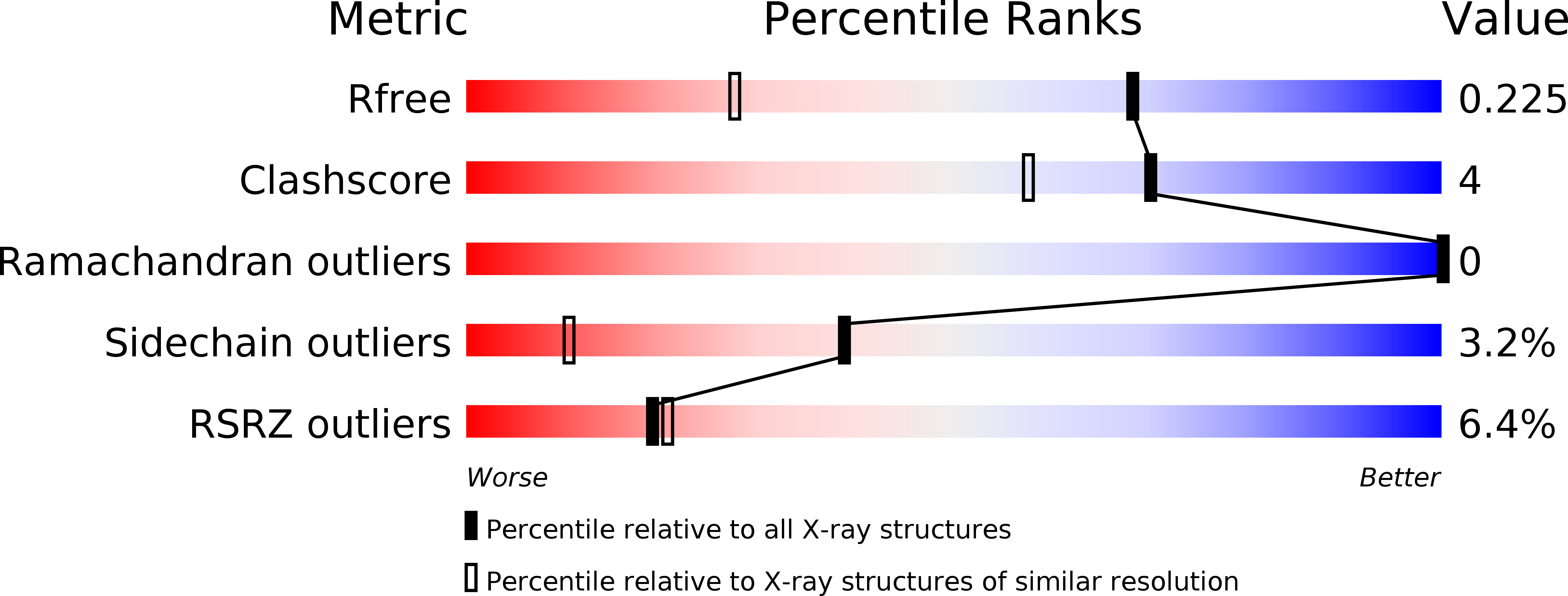
Deposition Date
2008-10-14
Release Date
2008-12-23
Last Version Date
2024-11-20
Method Details:
Experimental Method:
Resolution:
1.50 Å
R-Value Free:
0.22
R-Value Work:
0.16
R-Value Observed:
0.17
Space Group:
P 21 21 2


